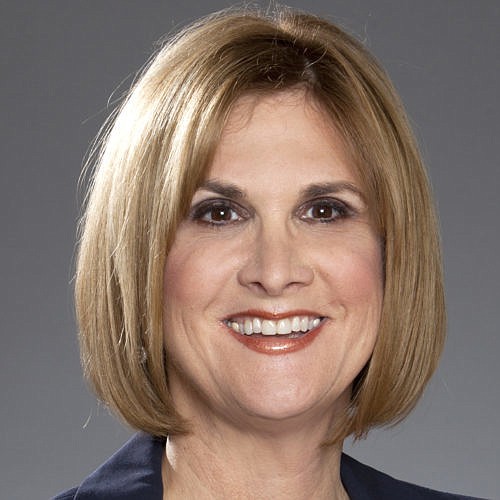- April 4, 2025
-
-
Loading

In my role as a family business consultant, I frequently receive phone calls from exasperated adult children waiting to take over the family business, but the parent doesn’t seem to want to retire. The incoming generation of family business leaders can become very frustrated when the current business head shows little interest in moving the succession forward. The younger generation have often left big cities where they lived exciting lives to return home and help run the family business they have been tapped to take over at some point. But as the years go on, and the heir of the family business gets into their 30s and 40s, they start to wonder why they ever came home in the first place, and if their parent will ever retire from the business. In some cases, they feel duped.
Retirement can be a “scary” word for many baby boomers. And although their initial intentions were good, they often find they are ambivalent and/or resistant to the actual process — for a myriad of reasons. For the next generation, this resistance feels like a broken promise. In most cases, neither the parent nor adult child saw this type of situation coming, but it often does — regardless of the best laid plans. So, how did we get here? In my experience, it is most often one of the following two issues:
A lack of an honest assessment of a shift in perspective on the part of each person involved in the transition
In most cases, the head of the family business had every intention of retiring when they asked their child/children to come home and “learn the ropes” of the business. But somewhere along the way, they either lost the desire to move on — or lost faith that the next generation could handle the job. I often see those leaders from the Baby Boomer generation take issue with the next generation’s work ethic, style and plans for the business. This generational distrust is driven by different (and sometimes competing) worldviews. It’s completely natural, but it also causes problems. On the flip side, the adult child may have had unrealistic expectations about the timing of the succession or become frustrated with how the parent runs the business, considering it outdated and unsuitable for the future of the company.
Conflict avoidance leading to poor communication
Regardless of how many disagreements they may have about the family business and its future, parents and children are family and love each other. This is partially why both sides avoid conflict about the issue of succession, instead leaving it to fester and grow worse over time. Frustration mounts and resentment builds. It’s not a good place for either party, or the business to be in.
The Solution
There are steps both sides can take to ease tension and resolve succession plans. But first and foremost, both sides must improve their communication. Being open and honest is the best policy. With that in mind, five steps both sides can take to help create a smooth succession include:
Acknowledge the issues. Be honest with yourself about your intent to continue with the transition process. For parents, will you truly be OK with passing the business on sooner than later? And for children, are you sure you want to dedicate your future to the family business?
Communicate your concerns to one another. Always be honest and work out the differences before moving to the next step.
Commit to a solution/plan and put it on paper. If you agree to continue the succession plan, decide on a timeline for the transition process that meets everyone’s needs — and stick to it.
Identify the necessary steps to get where you’re going and agree to be accountable to each other. In my practice, I often plan a full day where the two generations sit down and create the steps for their plan together.
Engage an outside family business consultant as a facilitator to guide you through these steps if you’re having trouble doing it on your own.
Retirement doesn’t have to be scary. If planned correctly — and communicated consistently — both the retiree and the incoming leader will be set up for happiness and success.